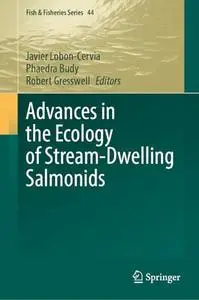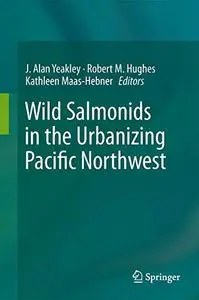Advances in the Ecology of Stream-Dwelling Salmonids by Javier Lobon-Cervia, Phaedra Budy, Robert Gresswell
English | PDF EPUB (True) | 2024 | 733 Pages | ISBN : 3031443888 | 112.4 MB
Many salmonids inhabit streams during the whole, or a substantial part of their lifetime. Streams, as networks of cold waters running over rifles, pools and tables of gravel, pebble and stony substratum, are fed by rainfall and snowmelt and may be subject to spates and droughts. Hence, these lotic systems are heterogeneous by nature and vary substantially in temperature and discharge along their environmental gradients. In these habitats, salmonids encounter suitable reproductive and feeding habitats where they exhibit a dizzying array of life‐history traits and an overwhelming variability in size, growth and density. Essentially predators upon organisms drifting across the water column, they become apex piscivores at large sizes. They may also serve as prey for aquatic macroinvertebrates at the youngest stages, and as they grow, they may become prey for birds and mammals. In addition, many populations play a major role in the recycling of biogeochemical elements critical for the trophic dynamics of their home streams. Empirical assessment of the ecological functioning of stream salmonids has been a tireless endeavor since the pioneer studies by Allen (1951), Chapman (1966), McFadden (1964) and Northcote (1966) further enhanced by the IBP (1964-1974; Gerking 1967) and extended to experimental approaches during the last decades (Northcote Lobon-Cervia 2010, Lobon-Cervia & Sanz 2017, Kershner et al. 2019).



